 4 Columns
4 ColumnsTo celebrate Women in Translation Month, a roundup of perverse prose by eight female authors from Europe, Asia, and South America.
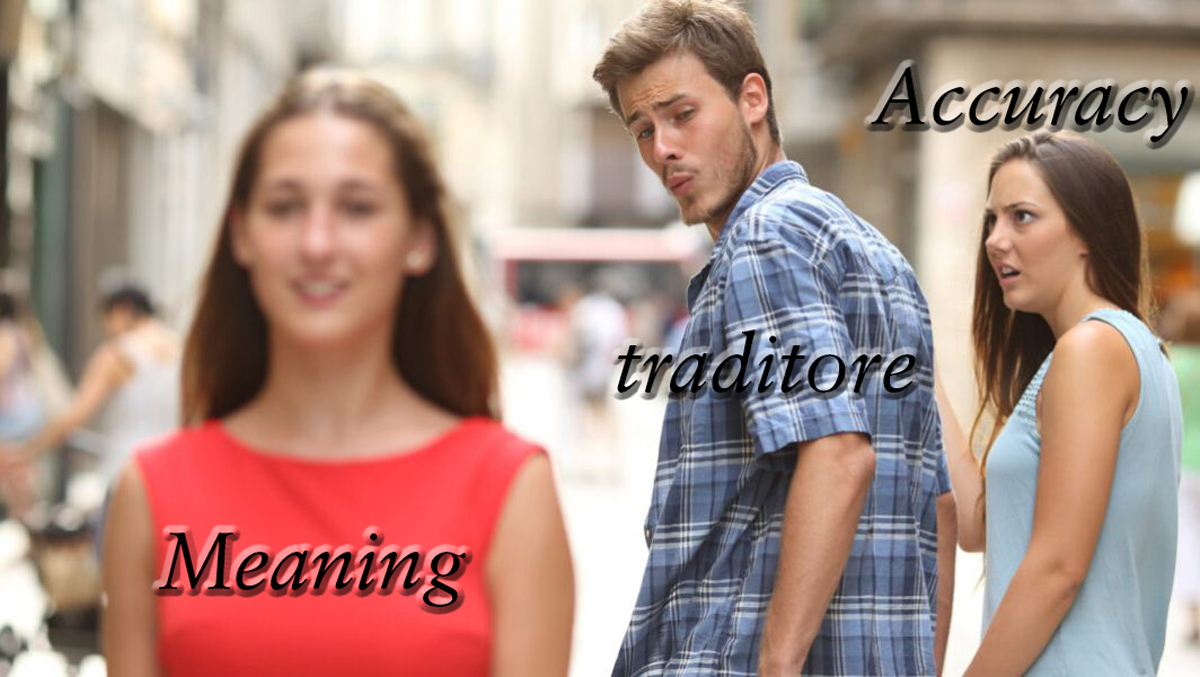
“Traduttore, traditore,” exclaimed the Italians—translator, traitor. “La belle infidèle,” intoned the French—translation equated with women: the beautiful ones unfaithful, fidelity only possible at the cost of aesthetics. Given these centuries-old expressions, you’d think there was something inherently bad, deviant about translation (and/or about women?). Thankfully, conversation around translation theory and practice has expanded beyond the confines of those idiomatic phrases. PEN America’s recently published “2023 Manifesto on Literary Translation” (coauthored by 4Columns associate editor Bonnie Chau) calls for readers to recognize translation as a creative art, a specialized form of writing. Yet although “faithfulness” is no longer so popular a metric, the synonymous “accuracy” seems to have remained a default standard.
For translator and scholar Chantal Wright, fidelity is, for the most part, beside the point. In Literary Translation (2016), Wright asserts that “the relationship between source and target is in fact something that few people are qualified to assess.” Instead, “the ‘success’ of a translated text, rather than being a matter of accuracy—minor hiccups and miscomprehensions notwithstanding—has to do with its success as a particularly complex type of literary text rather than in terms of its relationship to its source.” A translation is distinct from a single-authored text, is intrinsically hybrid in numerous ways: dual authorship, multiple cultures, and, often, various temporalities. In their work, translators seek to understand the unique literariness of the source text, the ways in which it makes its meanings; so, in assessing a translation, we shouldn’t necessarily be asking if this is a good, or accurate, or superior translation, but rather how this translated literary text makes its meanings.
The PEN manifesto encourages us “to actively seek to read works in translation and to read them as translations.” How exactly does one read a translation as a translation? As Wright puts it, “the translator has facilitated a linguistic encounter which leaves traces in the language of the translation”—traces of both the source language and of the translator. For the close reader with a desire to do a special kind of translation reading, these traces can be detected in certain nuances of language and style.
Whatever your process of consideration, the first step is to pick up a translated book. To that end, for this week’s missive (and just in time for Women in Translation Month!), our editors have dug deep into the dark annals of the 4Columns archives and unearthed a list of eight dank works of international literature, all authored by women unafraid to sink their teeth into the roiling turmoil of fleshly existence.
• • •
YASMINE SEALE ON AN INVENTORY OF LOSSES

What horror lurks in the hearts of women writers the world over? Disturbances and perversities of all sorts, it seems. To ease our way in, we start off with nothingness, the shift from being to nonbeing, the torment of impermanence. Perhaps what magnifies this fear is our attraction to it—l’appel du vide, the call of the void. In a review of An Inventory of Losses by Judith Schalansky, translated from the German by Jackie Smith, Yasmine Seale observes that “twelve things that no longer exist are put to work producing literature. . . . Each loss—a phantom island, an animal hunted to extinction, a work of art lost to violence or neglect—is a prompt. . . . What interests [Schalansky] is less a reconstruction of the object than the fuller encounter with its absence.” For Seale, Schalansky’s work “asks ‘which is more terrifying: the notion that everything comes to an end, or the thought that it may not.’ ”
• • •
ANIA SZREMSKI ON THE BOOKS OF JACOB
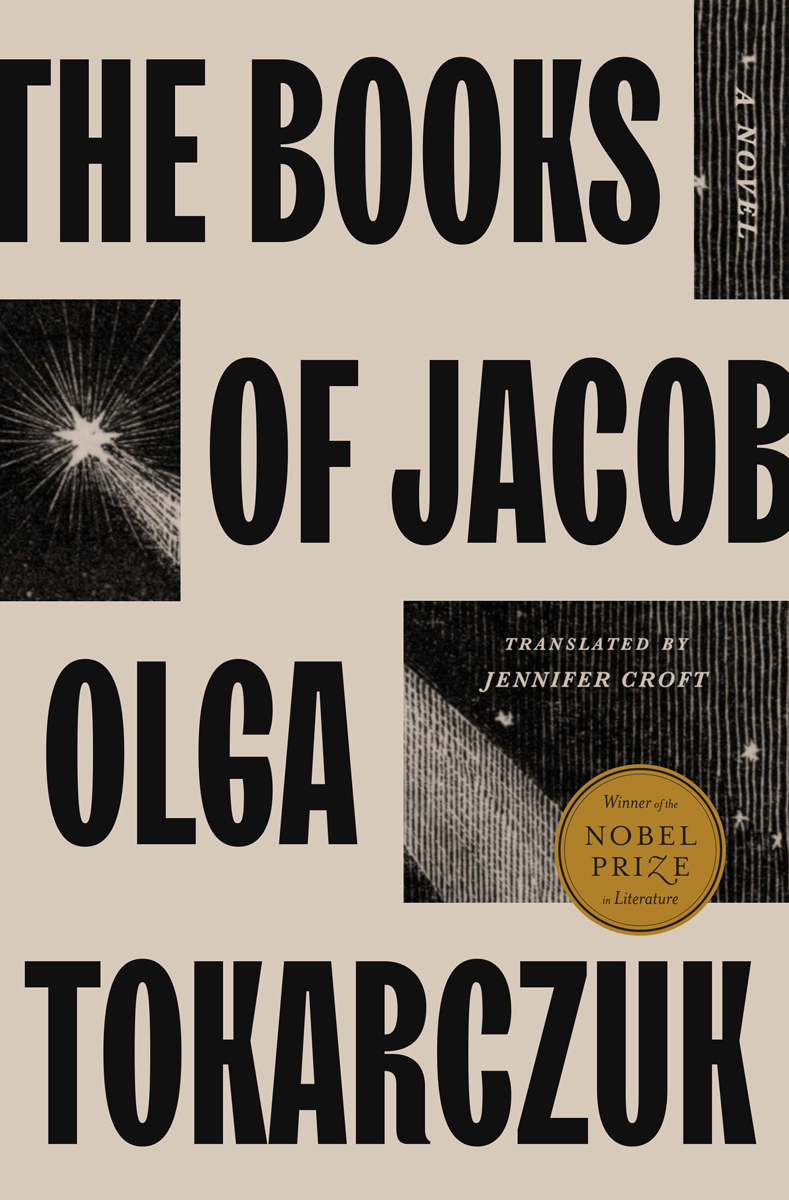
The mutable qualities of language, too, can potentially be fearsome. Of The Books of Jacob by Olga Tokarczuk, translated from the Polish by Jennifer Croft, 4Columns senior editor Ania Szremski writes that the novel “is in some ways about the infinite possibilities of language itself—how words can make worlds, and also violently undo them.” The articulation of subjective experience is consistently called into question—the book is “motivated by the perils of trusting too much in any one perspective (especially your own), and Tokarczuk offers a dizzying array of ways of looking at things. . . . everything looks, and acts, like something else,” Szremski reflects. “It feels like hardly a noun is offered that isn’t followed by ‘like’ or ‘as if,’ and this figurative language enacts the novel’s thesis that nothing is what it seems: reality itself is constituted of all those different faulty perspectives as they exist in relation to one another. . . . All this simile and metaphor and subjunctive mood also gives this world its bloody animist pulse.”
• • •
KAITLIN PHILLIPS ON SWEET DAYS OF DISCIPLINE
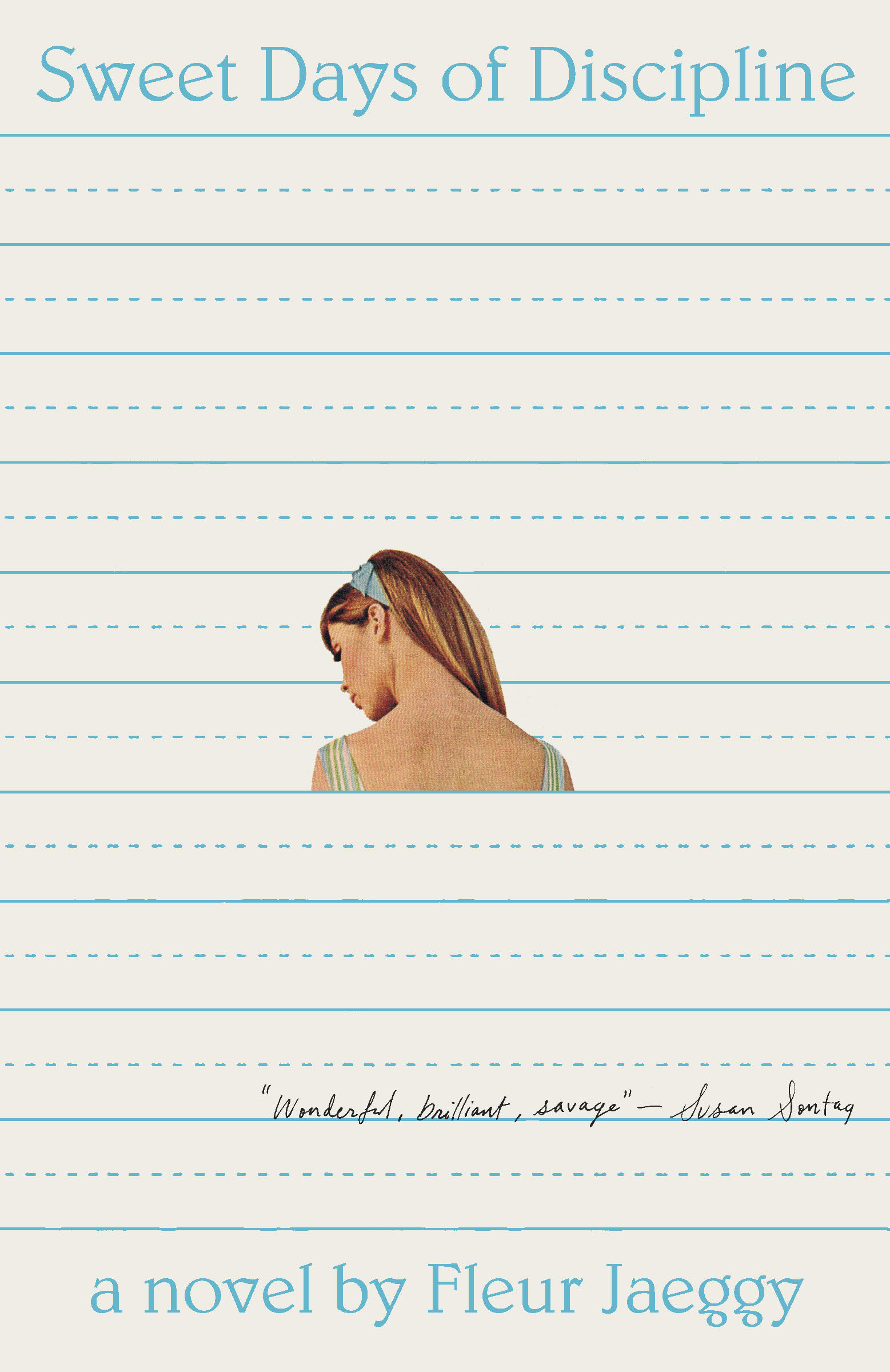
For our next selections, we turn to the chaos, cruelties, and uncertainties specific to girlhood and womanhood. In Sweet Days of Discipline (1989), by Swiss novelist Fleur Jaeggy, a creepy coldness manifests in the semi-autobiographical story of teen girls at a boarding school in the Alps. In Kaitlin Phillips’s review of Tim Parks’s 1991 translation from the Italian (reissued in 2019), we learn how, “À la The Magic Mountain, Jaeggy deftly situates this mountain boarding school as a breeding ground for bourgeois sterility. Pervasive is ‘this sense of tropical stagnation, a thwarted luxuriance,’ she writes. ‘You have the feeling that inside something serenely gloomy and a little sick is going on.’ ” Phillips finds that the narrator of the book, an old woman who looks back on being fourteen, “references illness, dying, religion over and over, as if massaging rosary beads in her mind. The themes are so potent and heavy-handed, their odor wafts like rotting fruit from the spine of the book. The girls have ‘a faint mortuary smell’; people she knew occupy tombs in a wall in her mind.”
• • •
HERMIONE HOBY ON BREASTS AND EGGS
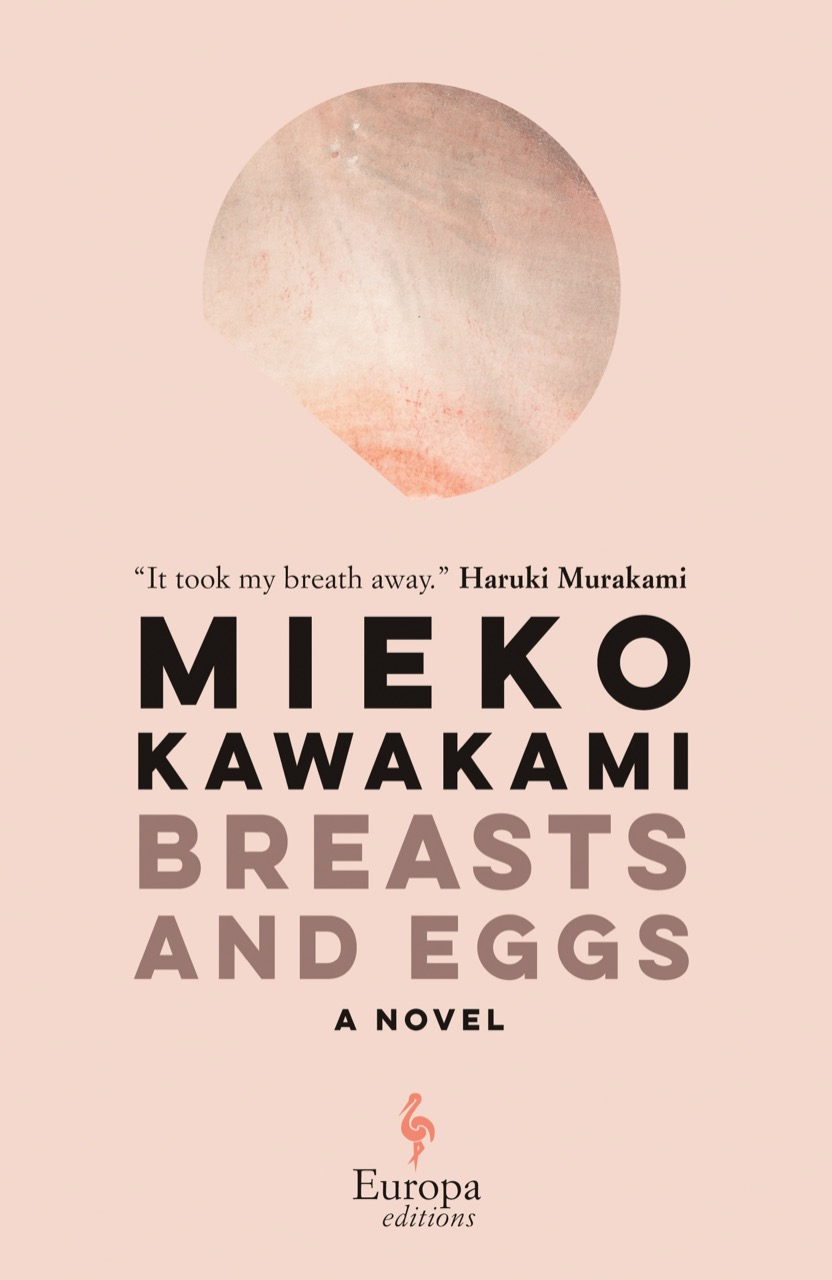
On another continent, in another millennium, the female characters in Mieko Kawakami’s Breasts and Eggs, translated from the Japanese by Sam Bett and David Boyd, are repellent in a pleasingly different way—bloody, sweaty, wet. Hermione Hoby writes in her review, “When [it] was first published in 2008, the then-governor of Tokyo, the ultraconservative Shintaro Ishihara, deemed the novel ‘unpleasant and intolerable.’ I wonder what he objected to? Perhaps he wasn’t into a scene in which the narrator, a struggling writer called Natsuko, pushes a few fingers into her vagina in a spirit of dejected exploration: ‘I . . . tried being rough and being gentle. Nothing worked. I was a little wet, but that was probably just sweat from the heat.’ Perhaps he blanched at the vehemently anti-natalist sentiments of her niece, the teenage Midoriko, who scribbles furiously in her diary, ‘It’s not our fault that we have eggs and sperm, but we can definitely try harder to keep them from meeting.’ ”
• • •
JULIE PHILLIPS ON THE COPENHAGEN TRILOGY
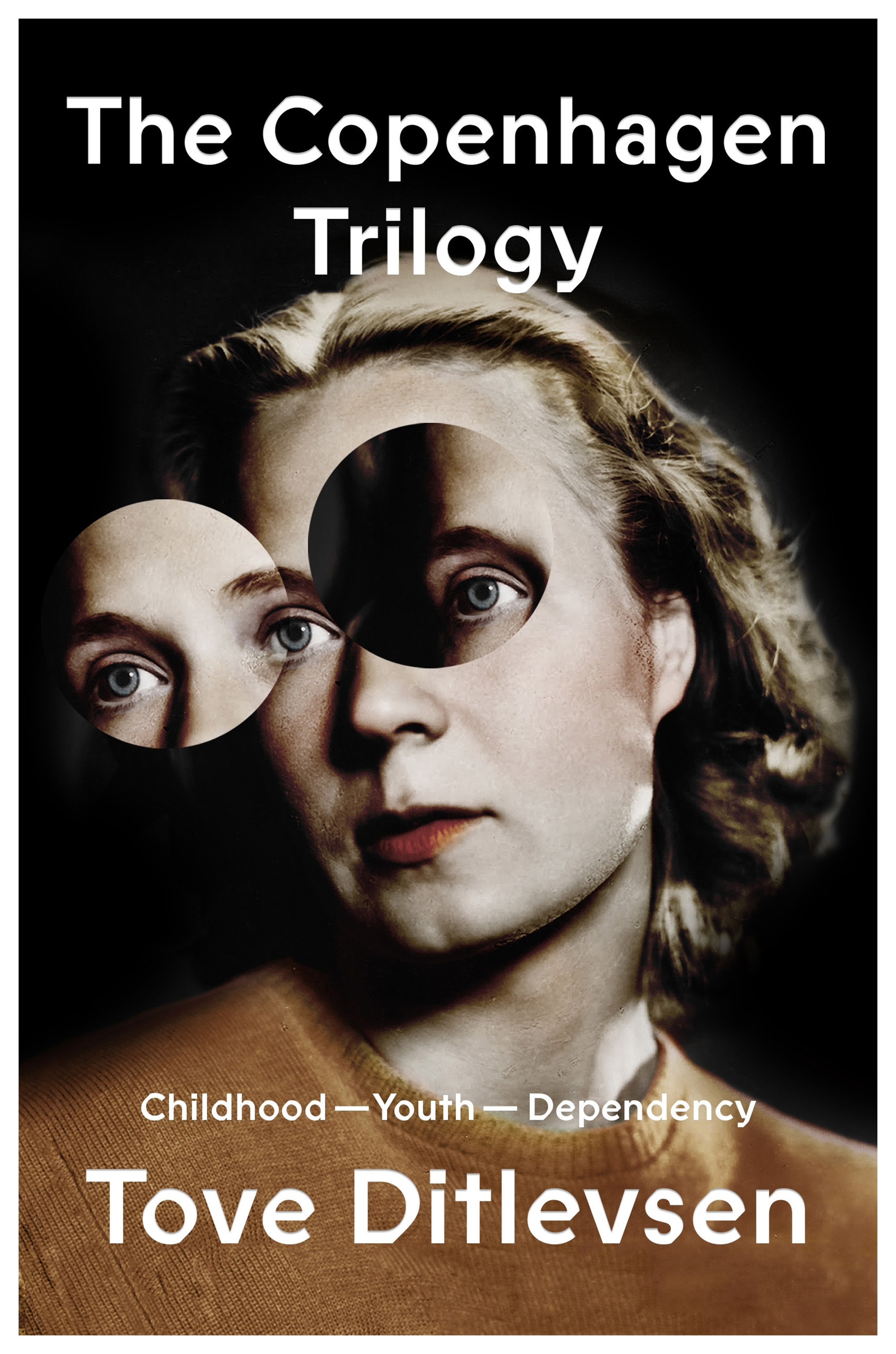
Next up we recommend The Copenhagen Trilogy: Childhood; Youth; Dependency by Tove Ditlevsen, translated by Tiina Nunnally and Michael Favala Goldman. The Danish poet’s memoirs recount an expansive, life-long story of alienation, of not quite managing to be both an artist and a socially acceptable woman, of destructive relationships and repeatedly reverting to emotional chaos. As Julie Phillips reviews, “Love is a problem for her . . . one as irritating as it is all-consuming. Although she marries and has a child, she can’t figure out how to be a wife while she’s distracted by the lines of poetry that keep forming in her head. She loves her husband, she says anxiously, ‘but not in the right way. If he forgets his scarf, I don’t remind him. I don’t go out of my way to make nice food for him or anything like that. . . . When I’m writing I don’t care about anyone.’ ”
• • •
ERIC BANKS ON TODDLER-HUNTING
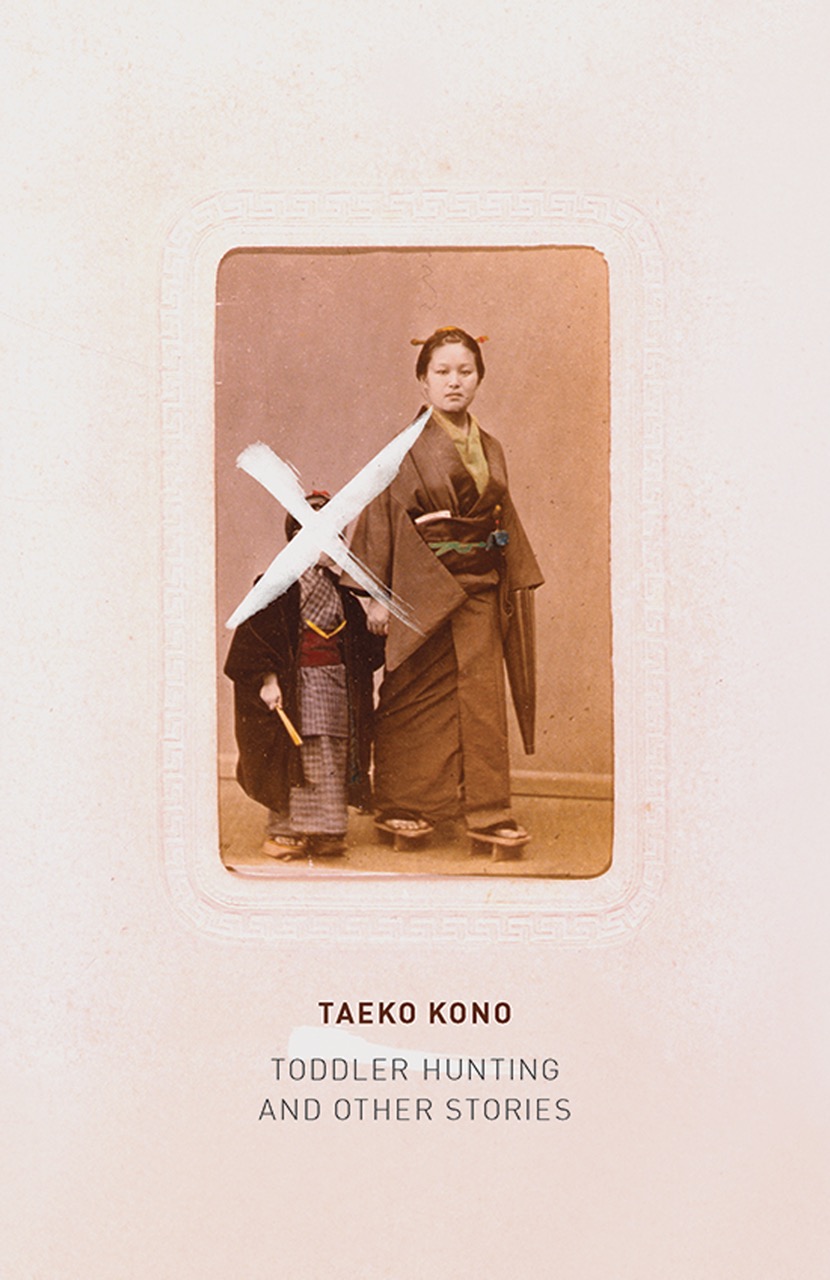
From the anguish of girlhood and womanhood, we descend into the abyss of strange nightmares. In his review of Toddler-Hunting and Other Stories by Taeko Kono, translated from the Japanese by Lucy North, Eric Banks says, “From story to story Kono’s mostly female subjects go in and out of fugal states of imagined violence, or abruptly find themselves hostage to childhood memories, or shake themselves out of dreams and nightmares. Middle-class and childless, often in recovery from some illness, they inhabit freighted or loveless relationships.” But, as Banks continues, much of the tension is built by what isn’t on the page: “There is plenty of suspense, delayed and deferred, in Kono’s stories, which nevertheless refuse anything resembling a tidy ending. In fact, she often opts to end her stories with resonant but gnomic parting scenes and strikingly disjointed images, like the ‘writhing mass’ of black insects covering a slice of raw meat that mesmerizes the disturbed lawyer in ‘Ants Swarm.’ ”
• • •
MAXINE SWANN ON MOUTHFUL OF BIRDS
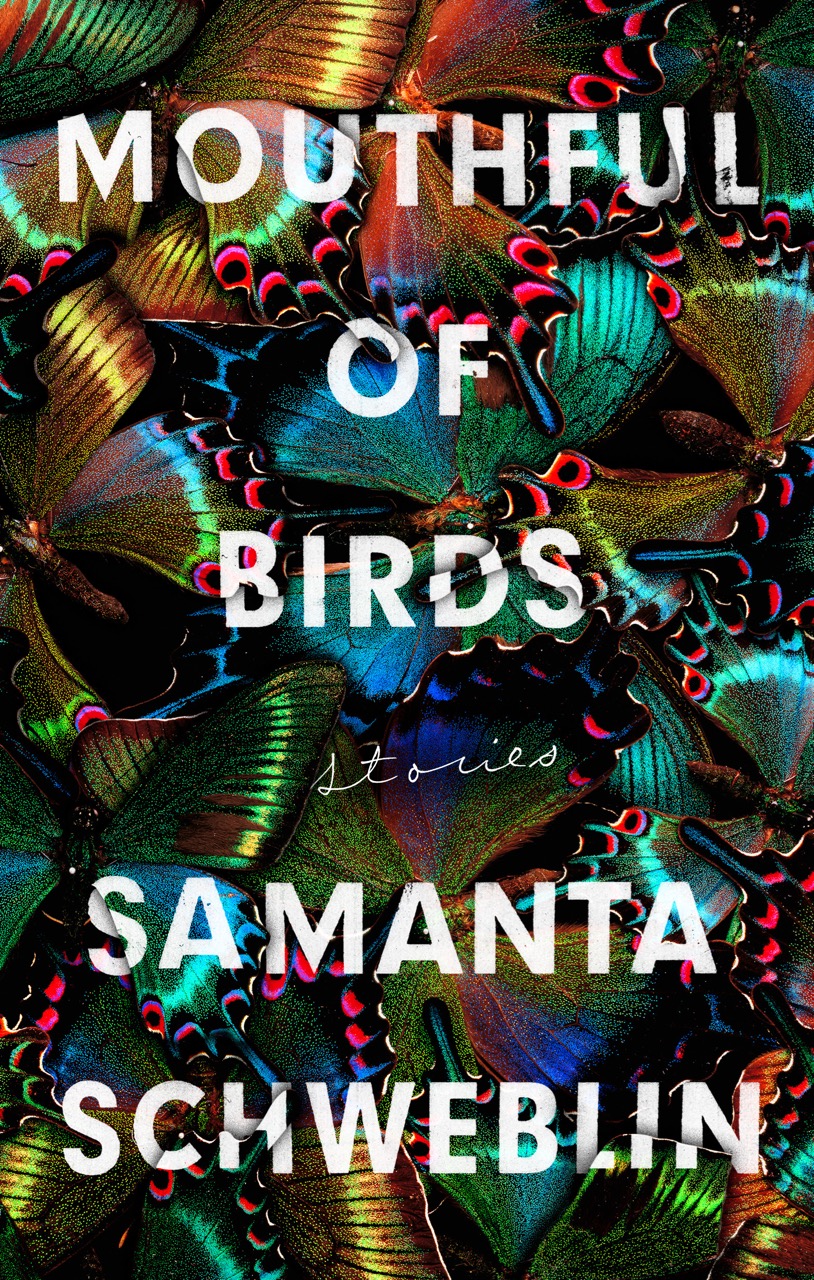
In a similarly abrupt fashion, the stories in Argentine author Samanta Schweblin’s second collection, Mouthful of Birds, veer to the weird in dark, twisted ways. In a review of Megan McDowell’s translation from the Spanish, Maxine Swann writes, “Schweblin works predominantly with fears—probing them, teasing them out, pushing them over the edge into full-blown, unnerving realities. The fantastic facet is usually, though not always, a form of nightmare come true that warps the otherwise prosaic lives of her unsuspecting characters.” Here again, womanhood and motherhood are ripe for horror. “The theme of reproduction gone awry, of monstrous children and alienated parents, surfaces throughout the collection,” Swann observes.
• • •
BRIAN DILLON ON THE PROMISE
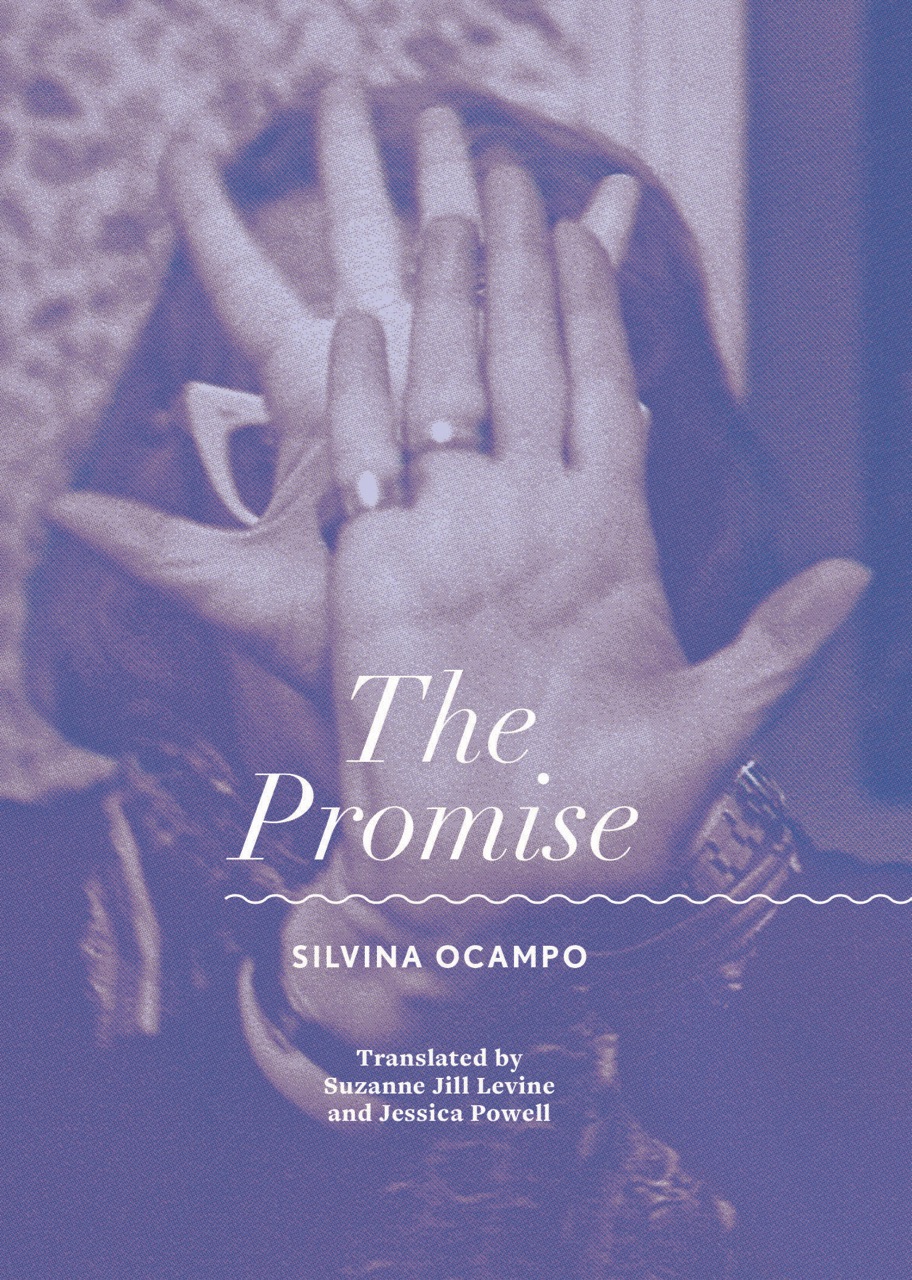
Our final selection for this week’s roundup of women in translation is The Promise, Argentine writer Silvina Ocampo’s sole novel, begun in the 1960s and still unfinished when she died in 1993. In Brian Dillon’s review of the book, translated by Suzanne Jill Levine and Jessica Powell, he notes, “Ocampo’s narrative premise is elegantly unnerving. A nameless female narrator has traveled by ocean liner from Buenos Aires to visit relatives in Cape Town, there been taken ill, and while returning home fallen into the sea, unnoticed by passengers or crew. In her mind she makes a pact with Saint Rita of Cascia, patron saint of lost causes: if she survives, she will write and publish a book before her next birthday—‘though I’ve always thought it useless to write a book.’ ” The woman recounts this narrative—which constitutes the entire novel—while she floats alone in the sea. But the dreadful catastrophe of the present is never too far away—Dillon remarks, “A sort of horrified lyricism keeps returning . . . as the narrator is pulled back from the sea of memory to her present in the ocean. It rains on the water, fish swim around her, she wonders what else is living in the fathoms below, waiting. Her body and personality begin to dissolve into the Atlantic.”
To celebrate Women in Translation Month, a roundup of perverse prose by eight female authors from Europe, Asia, and South America.
No comments:
Post a Comment